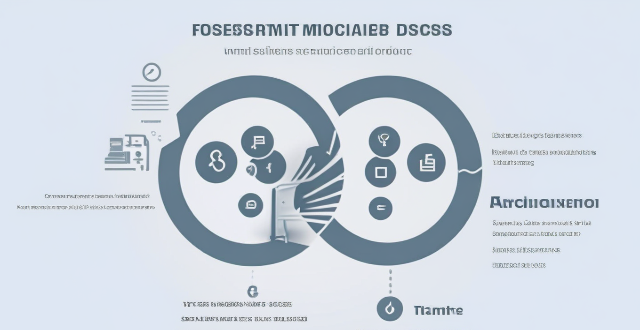Heart rate monitors significantly enhance athletic training by enabling targeted intensity, objective data analysis, recovery monitoring, pacing strategies, and individualized training. To use them effectively, athletes should establish baseline measurements, set clear goals, create a structured plan, continuously monitor progress, and incorporate technology for easy tracking and insights.

In What Ways Can Heart Rate Monitors Improve Athletic Training?
Introduction
Heart rate monitors have become an essential tool for athletes looking to optimize their training. By providing real-time feedback on the body's response to exercise, these devices offer numerous benefits that can significantly improve athletic performance and overall health.
Benefits of Using Heart Rate Monitors in Athletic Training
- Targeted Training Intensity
- Heart rate monitors allow athletes to work within specific heart rate zones that correspond to different training goals, such as fat burning, endurance building, or high-intensity interval training (HIIT).
- This precision helps avoid overtraining or undertraining, ensuring that each workout is as effective as possible.
- Objective Data Analysis
- The data collected by heart rate monitors provides objective metrics that can be analyzed over time to track progress and adjust training plans accordingly.
- Athletes can identify patterns, such as consistent spikes in heart rate during certain exercises, which may indicate areas for improvement or potential injury risks.
- Recovery Monitoring
- Recovery heart rate can be a powerful indicator of an athlete's readiness for the next training session or competition.
- By monitoring changes in resting heart rate, athletes can make informed decisions about when to push harder and when to take additional rest days.
- Pacing Strategy
- During endurance events like marathons or long-distance cycling races, heart rate monitors help athletes maintain an optimal pace without exhausting themselves too early.
- This pacing strategy ensures that energy reserves are used efficiently throughout the event.
- Individualization
- Every athlete's physiology is unique, and heart rate monitors allow for individualized training based on personal heart rate responses rather than generalized guidelines.
- This customization leads to more effective and enjoyable training sessions tailored to the athlete's specific needs.
How to Use Heart Rate Monitors Effectively
1. Establish Baseline Measurements
- Before starting any training program, it's crucial to establish baseline heart rate measurements at rest and during various levels of activity.
2. Set Clear Goals
- Determine whether your focus is on losing weight, improving cardiovascular fitness, or increasing speed and strength. Your goals will guide which heart rate zones you should target during workouts.
3. Create a Training Plan
- Based on your goals and heart rate zones, design a structured training plan that includes warm-up, main sets, cooldown, and recovery periods.
4. Continuously Monitor and Adjust
- Regularly check your heart rate data after workouts and adjust your plan if needed. Pay attention to signs of fatigue or excessive strain on your body.
5. Incorporate Technology
- Use smart devices or apps that sync with your heart rate monitor to easily track trends and receive insights into your performance.
Conclusion
Heart rate monitors are invaluable tools for athletes seeking to enhance their training regimens. By providing real-time data and facilitating personalized training strategies, these devices contribute significantly to improved athletic performance and overall health management. As technology continues to advance, we can expect even more sophisticated ways in which heart rate monitors will aid athletes in achieving their peak physical condition.